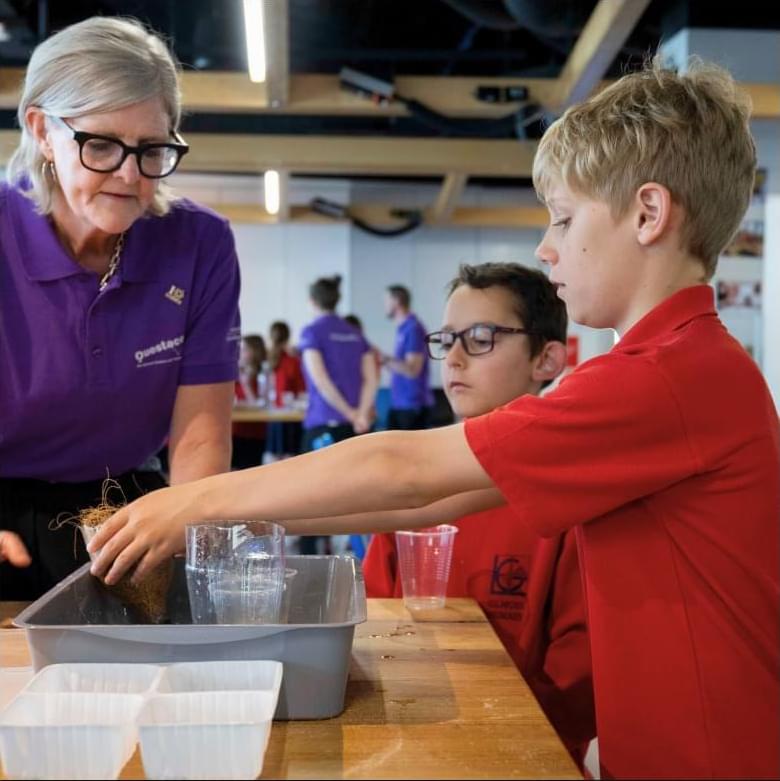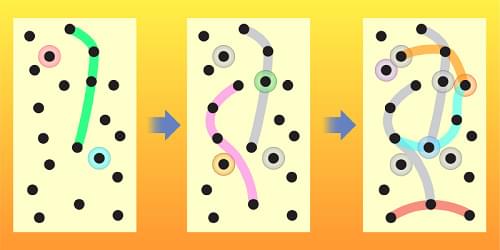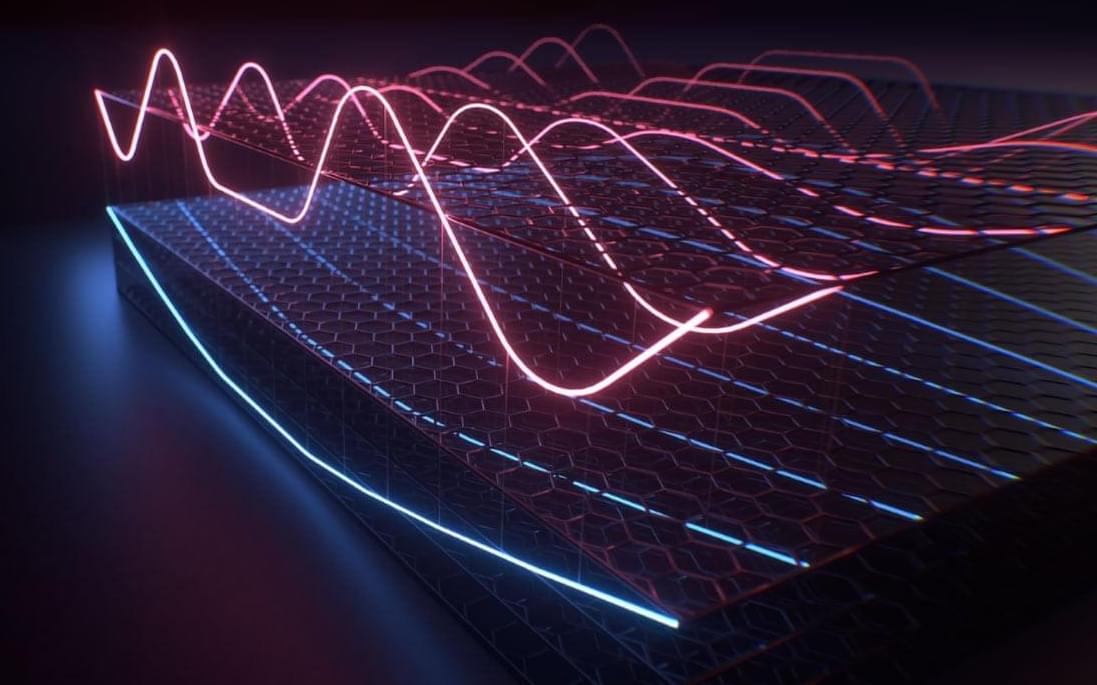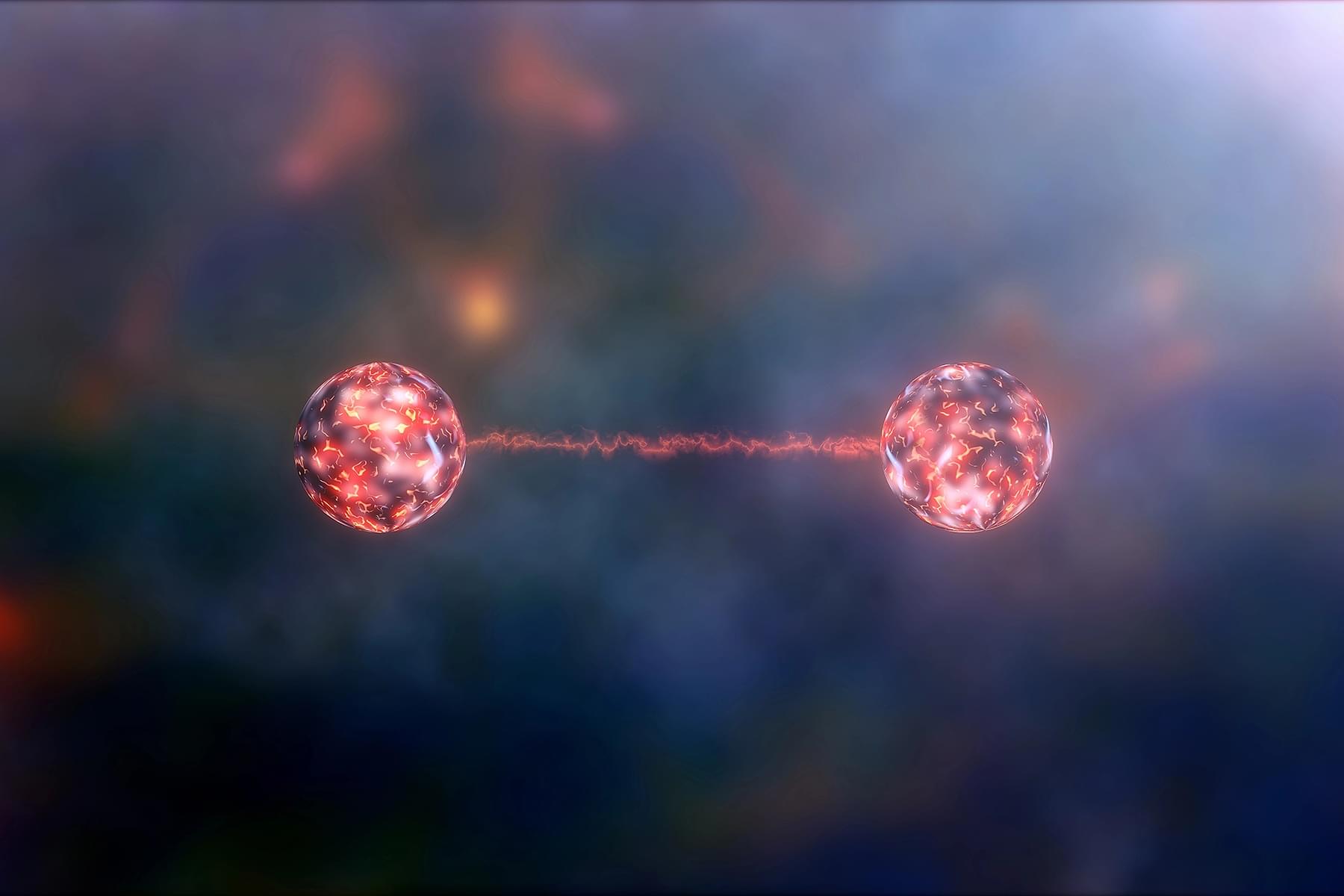Are you keen to explore quantum concepts with your students? Have you been looking for ideas on how to make abstract ideas more accessible and engaging for young learners?
The 2025 Governor-General’s Design Challenge celebrates the Year of Quantum Science and Technology by supporting you to turn your students into “photon detectives” in the classroom.
This hands-on STEM experience for students in Years 5–10 sets out a challenge for your class to complete, with the challenge introduced in a special video co-presented by the Governor-General, Her Excellency the Honourable Sam Mostyn AC and Questacon.









